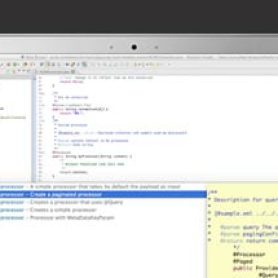Announcing Mule 3.3 Milestone 2
Last month we released Mule 3.3 M1, our first milestone on the way to Mule 3.3. While for production you should use Mule 3.2.1, we hope these
Securing SOAP Web Services using WS-Security
Mule allows us to expose services to the web through CXF, but what happens when these services handle sensitive information that we don't want
Mule Tip: Multiple PropertyPlaceholders in same Mule Configuration
If you want to avoid including configuration parameters (probably connection related parameters) in your Mule configuration, you can use property placeholders, which will allow
Implementing a Circuit Breaker with DevKit
One of my favorite patterns from Michael Nygard's excellent Release It! is the Circuit Breaker. A circuit breaker is an automatic switch that stops the
Getting the most out of Mule Error Handling
Error handling in event driven systems like Mule can be a challenge to understand, if you have worked with Mule you'll know that there
Handling HTTP callbacks using the new Mule DevKit: a Twilio example
When you send a request to an API and it gets processed the API might want to notify you app about the status of
Mule Tip: Controlling Mule Soap Headers
You might have noticed that under certain circumstances Mule will add its own Soap Headers to the CXF calls. This can be a problem
Implementing Custom Validation with DevKit
Validating data can be easy with Mule if your message payloads are in certain formats. XML payloads, for instance, can be verified for correctness
Get real-time with the new SalesForce API
Before streaming APIs, if you wanted to know if there were any updates on a specific event you had to query the API periodically
Mule Tip: Including formatted SQL statements from external files in your application
When developing a Mule Application the normal way to define an SQL statement is by declaring it directly in the connector, as shown in







